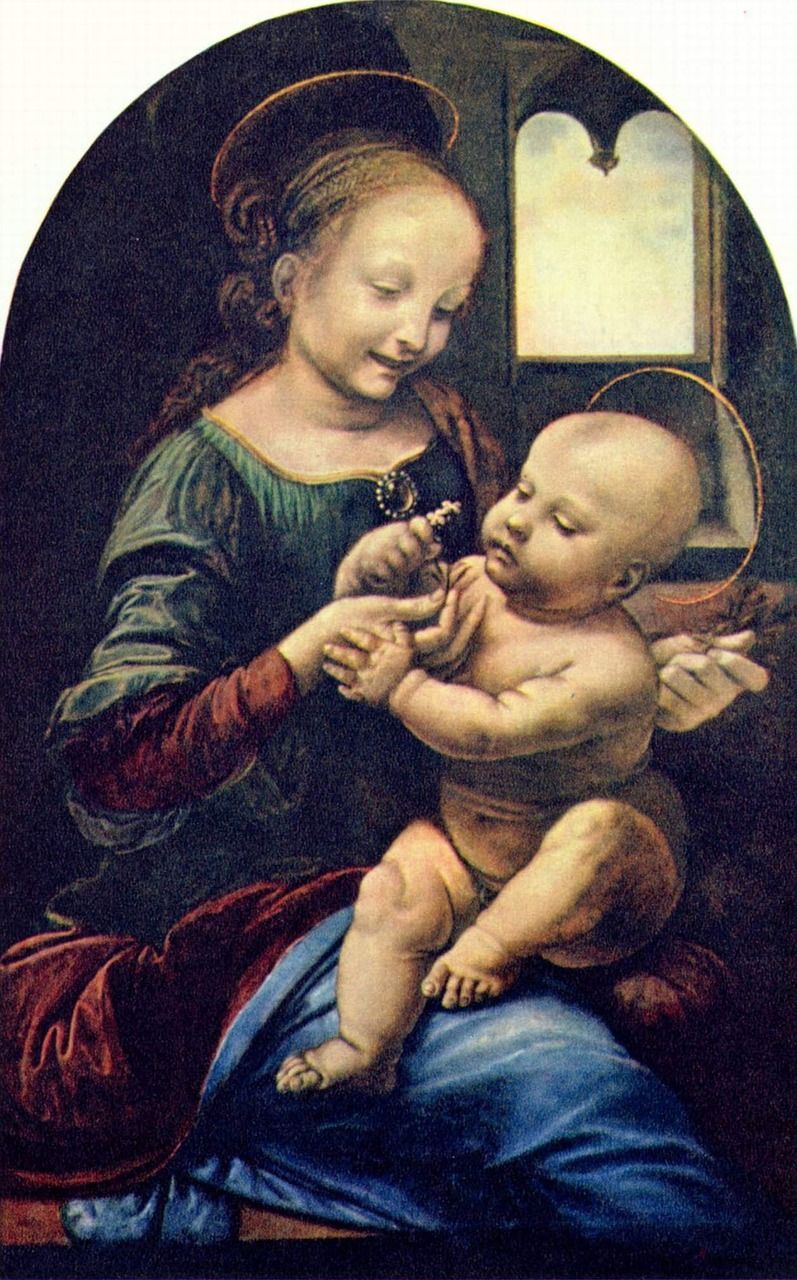Homer Simpson: The Quintessential Everyman in the World of Animation

Introduction:
Homer Simpson, the lovable and iconic character from the animated television series “The Simpsons,” has captivated audiences worldwide with his distinctive personality and hilarious escapades. As the head of the Simpson family, Homer embodies the essence of the average working-class American, making him relatable and endearing to viewers of all ages. In this in-depth article, we will explore the significance of Homer Simpson in popular culture, his evolution throughout the show’s history, and his enduring appeal to art enthusiasts and collectors.
Homer Simpson: The Everyman’s Journey

Homer Simpson is a fictional character created by Matt Groening and first appeared on television screens in 1989. Over the years, he has become an integral part of American pop culture, resonating with diverse audiences around the world. The character stands as a representation of the working-class man, struggling to balance work, family, and personal challenges.
With his trademark catchphrase “D’oh!” and his insatiable appetite for his favorite treat, donuts, Homer has become an instantly recognizable figure in the world of animation. He symbolizes the ups and downs of everyday life, rendering him a relatable and cherished character to millions of viewers.
Evolution of Homer Simpson:
Homer Simpson’s journey has been a fascinating one, as his character has evolved and developed throughout the show’s multi-decade run. Initially portrayed as a rather dim-witted individual, Homer gradually transformed into a more complex and multi-dimensional character. From his job at the Springfield Nuclear Power Plant to his interactions with his wife Marge and their three children – Bart, Lisa, and Maggie – Homer’s experiences have provided audiences with countless memorable moments.
One of the remarkable aspects of Homer’s character development is the exploration of his vulnerabilities and flaws. Through various storylines, viewers have witnessed his ongoing battle with his weight, his occasional incompetence as a parent, and his well-intentioned, yet often misguided, efforts to provide for his family. These elements have contributed to his authenticity as a character, allowing viewers to empathize with his struggles and find humor in his misadventures.
Homer Simpson: A Cultural Phenomenon:
Throughout its long-standing tenure, “The Simpsons” has garnered critical acclaim and widespread popularity, cementing Homer Simpson’s status as an iconic figure in American animation. The show’s satirical style, intelligent humor, and social commentary have made it a central part of modern television history.
Homer’s influence extends beyond the small screen, as he has transcended into various forms of media and merchandise. Collectible items featuring his exaggerated yellow complexion and recognizable facial features have become highly sought after by art enthusiasts and collectors alike. From limited edition artwork to figurines and clothing, Homer Simpson’s image has permeated the art world, speaking to the character’s iconic status.
The enduring appeal of Homer Simpson lies in his ability to reflect the human condition, both its highs and lows. His flaws, quirks, and relatable struggles touch upon universal themes that resonate with audiences across cultures. Furthermore, his character’s layers and complexities add depth to the show, ensuring its continued relevance and longevity.
Conclusion:
Homer Simpson’s impact on popular culture can hardly be overstated. From his humble beginnings as a simple cartoon character to his current status as an icon, Homer has proven to be an enduring symbol of the everyman. With an evolution that spans decades, he has entertained and touched the hearts of millions. As art enthusiasts and collectors, we appreciate the cultural significance of Homer Simpson, not only as a beloved character but also as a representation of the essence of the human experience.
FAQ
How has Homer Simpson evolved throughout the history of The Simpsons?
What is the cultural significance of Homer Simpson and why is he popular among art enthusiasts and collectors?
Who created Homer Simpson and when did he first appear?
Flere Nyheder
Stjernetegn plakater: Find plakat til enver smag
Introduction: Homer Simpson, the lovable and iconic character from the animated television series “The Simpsons,” has captivated audiences worldwide with his distinctive personality and hilarious escapades. As the head of the Simpson fami...
10 juli 2024











